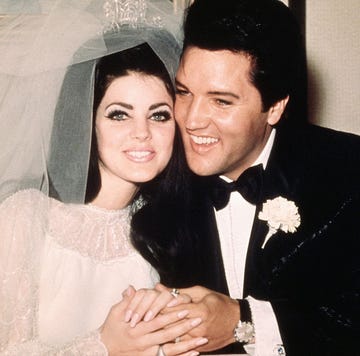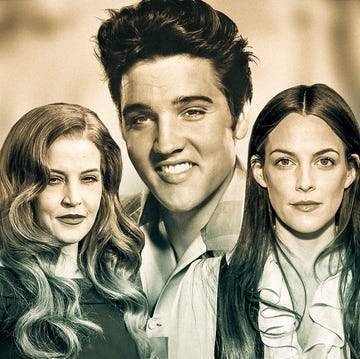This story is a collaboration with Popular Mechanics.
Here’s what you’ll learn when you read this article:
- A long-lost bust of singer Jim Morrison, which had been stolen from his gravesite in 1988, has finally been recovered.
- Investigators say the statue was found during the course of an otherwise unrelated fraud investigation.
- Morrison, the lead singer for the band The Doors, died in 1971 at the age of just 27 years old.
The life and death of The Doors frontman Jim Morrison has always been shrouded in a certain kind of mystique.
Some of this was Morrison’s own myth-making. He long claimed that, as a child, he witnessed the aftermath of a car accident involving a Native American man whose spirit “passed into him,” which he referenced in the lyrics of the song “Peace Frog.”
Another contributing factor was the time period. Between the release of The Doors’ self-titled debut album in 1967 and Morrison’s untimely death in 1971, psychedelic rock was at its all-time peak in pop culture, and Morrison had positioned himself as the veritable poet laureate of the Whisky a Go Go scene.
And of course, there’s also the matter of the aura around his early demise. Morrison’s death capped off a two-year stretch where notable rock musicians all died at the age of 27, namely Rolling Stones co-founder Brian Jones, influential guitarist Jimi Hendrix, and groundbreaking vocalist Janis Joplin. Jones and Morrison even died on the same day, July 3, two years apart.
All of this mystique has surrounded Morrison for decades since his passing, with millions of fans still listening to his albums, reading his poetry, and many visiting his grave in the famous Père Lachaise cemetery in Paris. There, Morrison’s final resting place lay amidst those of other great artists, like writers Oscar Wilde and Honoré de Balzac.
But for the last 37 years, his gravesite added one more mystery to the Jim Morrison story, one that has only just now been partly solved.
In 1981, to commemorate the 10th anniversary of Morrison’s death, Croatian sculptor Mladen Mikulin created a white marble bust of the singer to be placed atop his gravesite. Over the ensuing years, it accrued graffiti, and even lost its nose, like a rock ’n’ roll Sphinx of sorts. But there it stood as a symbol for Doors fans to pay homage to for seven years.
Then, just like the singer it depicted, one day it was suddenly gone.
Somehow, on May 9, 1988, the statue was stolen from the cemetery, despite weighing around 282 pounds, per EuroNews. For 37 years, its whereabouts were entirely unknown.
But now, thanks to an unrelated investigation from the Financial and Anti-Corruption Brigade of the Judicial Police Department of the Paris Police Headquarters, the missing statue of Jim Morrison has finally been found. According to a statement from the public prosecutor’s office, this “chance discovery” occurred during what was otherwise “a search carried out in connection with a case of fraud.”
No details have yet been released about specifically where the bust was found or if this sheds any light on how it went missing in the first place. According to EuroNews, it has yet to be determined whether the bust will be returned to the cemetery from whence it came at all.
“The police haven’t contacted us,” said Père-Lachaise cemetery curator Benoît Gallot to Le Figaro, “so I don’t know whether the bust will be returned to us.”
But this begs the question: What other rock ’n’ roll mysteries could be solved via entirely unrelated investigations?
Will the lost Green Day Cigarettes and Valentines tapes turn up during a tax evasion investigation? Will the stolen Led Zeppelin money resurface during a pump and dump scheme? Will a phishing scam finally tell us if Paul McCartney really was dead all along? Only time will tell.
Michale Natale is a News Editor for the Hearst Enthusiast Group. As a writer and researcher, he has produced written and audio-visual content for more than fifteen years, spanning historical periods from the dawn of early man to the Golden Age of Hollywood. His stories for the Enthusiast Group have involved coordinating with organizations like the National Parks Service and the Secret Service, and travelling to notable historical sites and archaeological digs, from excavations of America’ earliest colonies to the former homes of Edgar Allan Poe.













